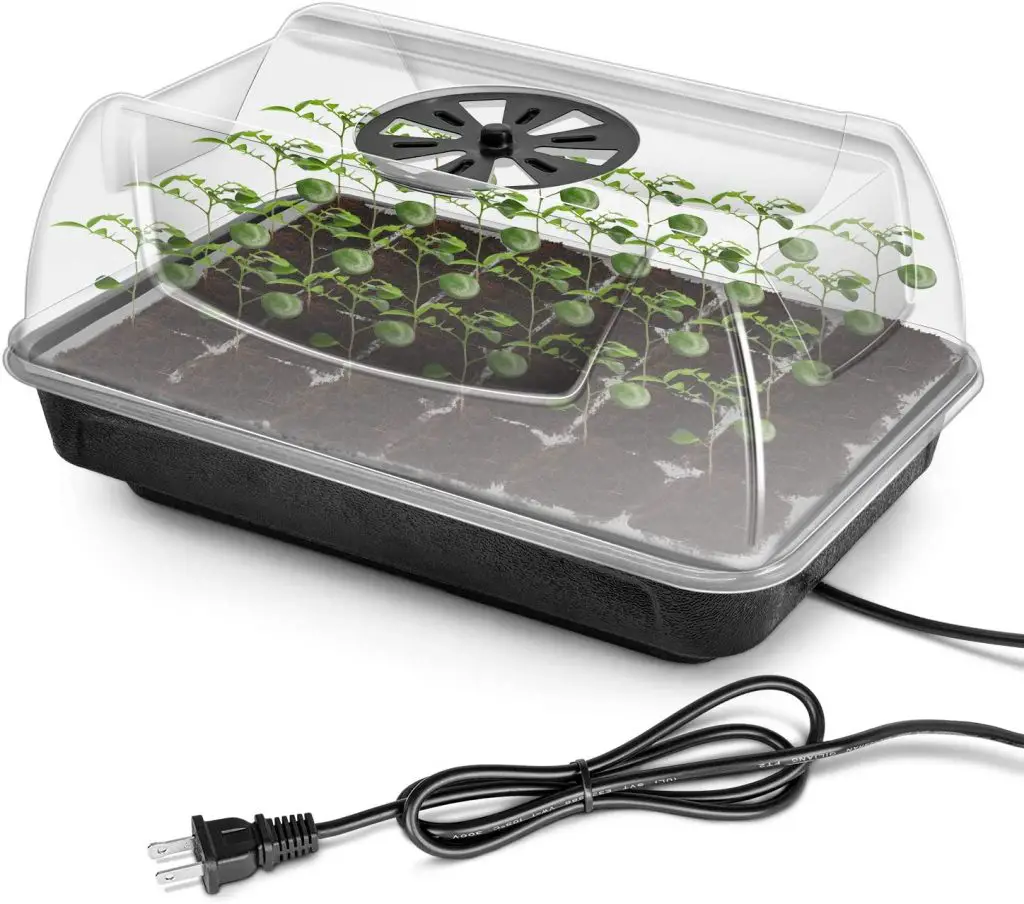Do Parsley Seeds Need Light To Germinate? Parsley is one of the most widely used herbs in the world. They produce large amounts of leaves that can be used either to flavor dishes or as garnishes on top of them, however, if you are growing parsley one of the common questions that is asked is do parsley seeds need light to germinate?
Parsley seeds do not need light to germinate and therefore are planted at a depth of around a quarter of an inch typically. However, they do require light once the sprouts appear as they need to photosynthesize to produce additional sugars to fuel further growth.
But parsley is also renowned for being difficult to germinate which is commonly why this question is asked. However, the most common reason why parsley does not germinate is that the seeds do not remain moist for long enough during the germination period.
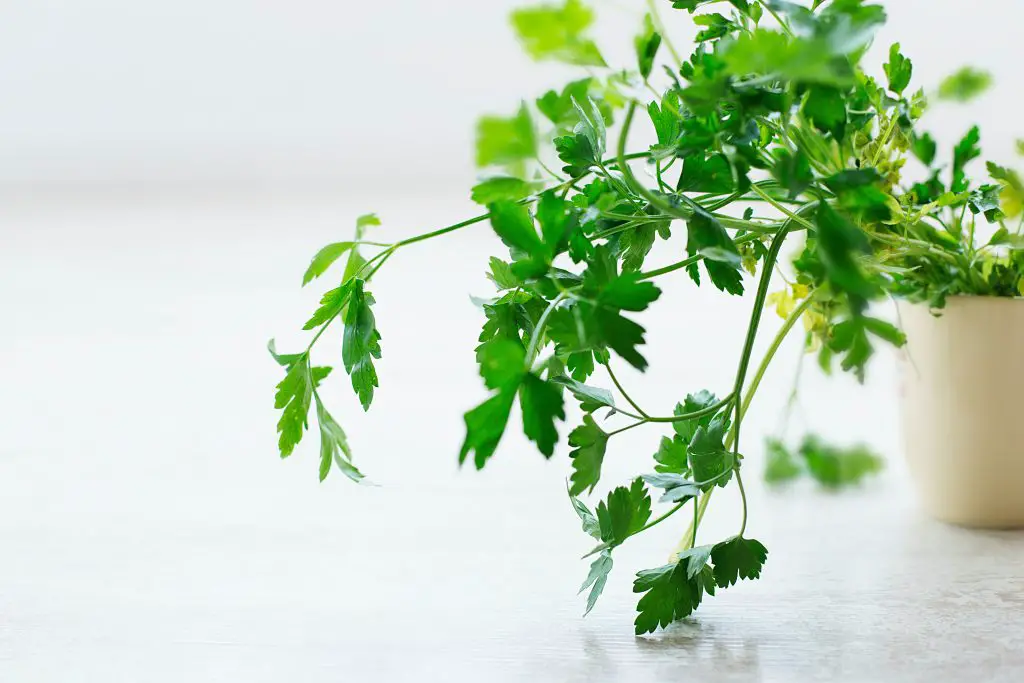
This is a common problem with other related plants such as carrots and parsnips which are from the same family. All of these plants have the same problem because they tend to be sown directly into the gardens in relatively shallow furrows. These farrows tend to dry out readily, particularly in warmer weather which means that the seeds often do not remain moist for long enough to initiate germination. Additionally, parsley seeds also need relatively warm conditions to germinate, greater than 68°F (20°C) is ideal.
How To Get Parsley Seeds To Germinate Consistently?
As mentioned above parsley seeds do have a reputation for being difficult to germinate, however, there are a couple of approaches that can be applied which will ensure that the plants germinate relatively quickly.
The most common approach is to simply grow parsley seeds indoors in a seed tray. To ensure that you get a good result it is best to sow 4 to 5 seeds per cell into a good quality seed raising mix that has been packed into the seed tray to form a solid plug. This is beneficial as this will make it easier to transplant the seedlings into the garden later on.
The seed tray needs to be placed in a relatively warm area that is greater than 68°F (20°) to ensure that the parsley seeds appear after 12 to 14 days. If the temperature is allowed to slip below this temperature the germination time will extend out to more like 4 to 5 weeks depending on the temperature the seeds are exposed to.
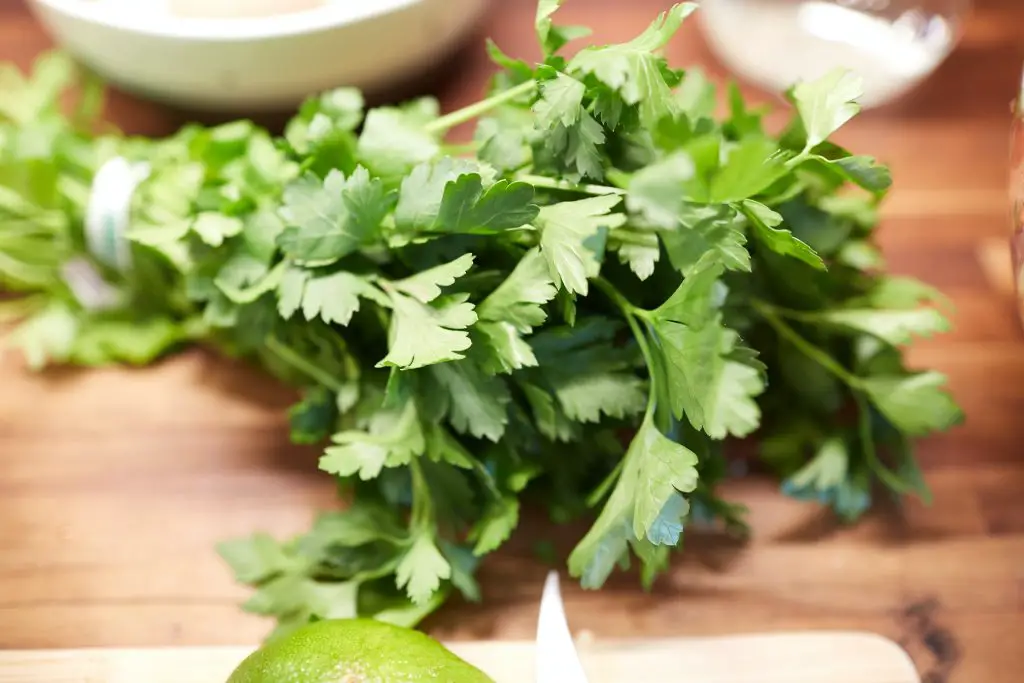
For the most reliable results, it is best to grow the plants in a heated propagation tray because the temperature control is generally significantly better than simply leaving a tray indoors. This is particularly the case in regions with relatively cool temperatures.
If you are considering purchasing a seed tray we would recommend that you purchased one that has a removable seed tray as this is the component within most units that will deteriorate first. Being able to replace the tray will extend the life of the unit substantially.
The other important feature to look for in these types of units is to ensure that it has a humidity dome as that will also help to trap heat around the seedlings and maintain a moist environment optimizing the rate of growth. To see the latest price for a unit like this on Amazon click on the link below.
The other common method that is used is to germinate the seedlings on a paper towel in a plastic container with a sealed lid. This method is particularly effective because the seeds are germinated before they are even placed into the soil.
To set this up the easiest way to do it is to soak some paper towels in water and then ring out the excess moisture as this will produce a paper towel that is moist but not sodden. The next step is the place the paper towel in the bottom of the container and then sprinkle parsley seeds across the surface of the paper towel.
The sealed container should then be placed in a relatively warm location for 10 to 15 days. It is a good idea to check the seeds regularly and look carefully for any signs of germination. As soon as the germination occurs you will see tiny sprouts coming out of the seeds. At this stage, they should be immediately transplanted into a seed tray for growing on.
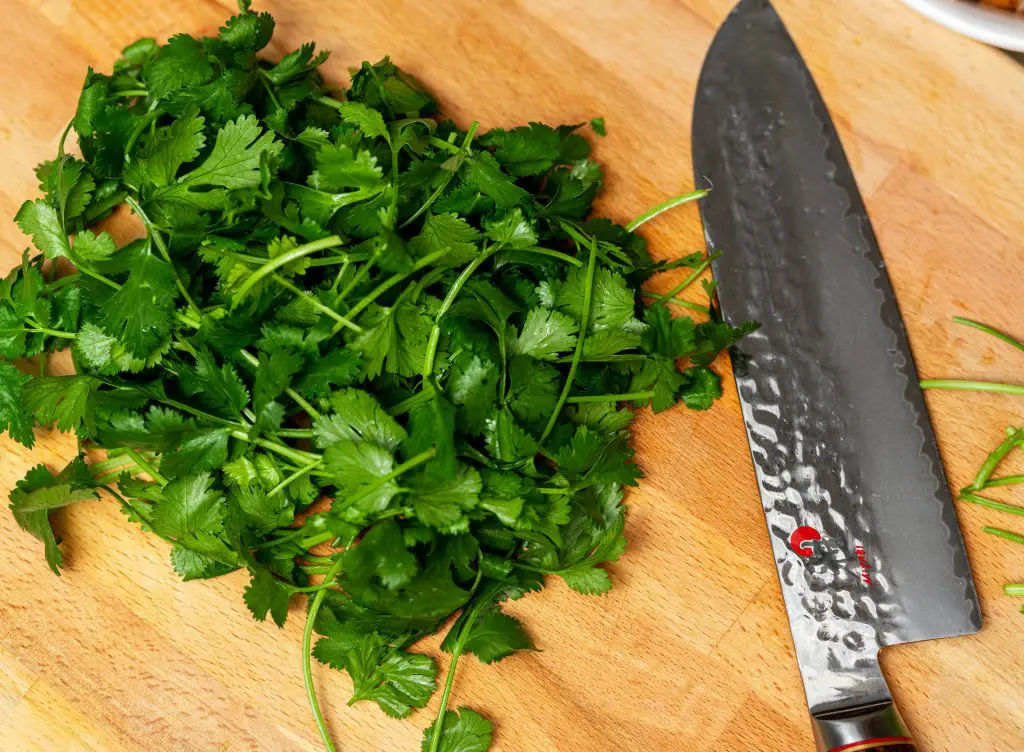
It is important to note that if you leave the seeds too long in the container what will happen is that the roots begin to grow through the paper towel and it becomes difficult to get the seeds off the paper towel and transfer them into the soil.
How To Grow Parsley
As mentioned in the previous section there are a few methods that can be used to get the parsley seed going in the first place. These methods are typically best employed in spring as that will allow you to establish new plants in the garden before the summer heat really kicks in.
As parsley seeds are typically very slow to germinate and slow to develop typically need to spend 6 to 8 weeks, at least, in the seed tray before they can be replanted out into the garden.
When planting parsley seedlings in the garden it is a good idea to select a location that has rich moist and free-draining soil with plenty of nitrogen present in the soil. If you are lacking nitrogen it is advisable to add a bag of compost before you plant the seedlings.
In terms of the location selection, parsley is generally not all that fussy about how much sun it gets and it can grow successfully in full sun or part shade. If you live in a location where there is extreme summer heat it is a good idea to plant at least some of your parsley in the shade as this will ensure that you get good quality leaves throughout the year.
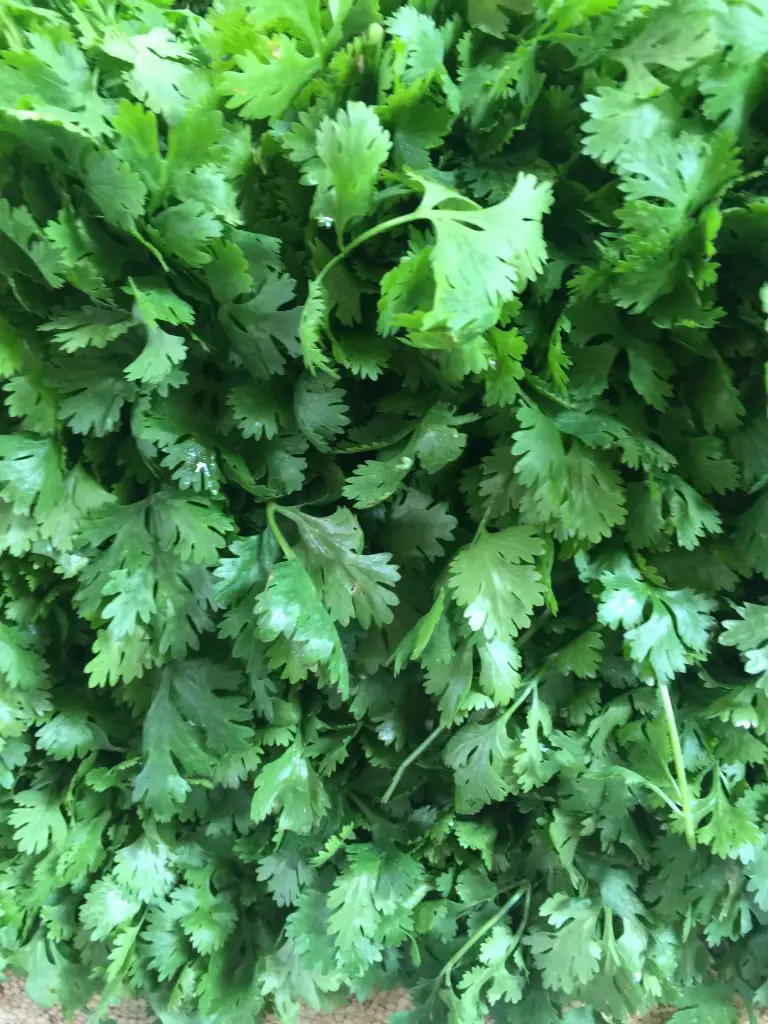
Additionally, it is also important that you protect the parsley seedlings when they young by adding snail bait around the plants when they go into the ground.
As mentioned above parsley is a relatively slow-growing plant which means it does take a while to get going but once it does it usually provides a significant number of leaves throughout the season.
To ensure that the plant remains in good condition it is a good idea to pick leaves from the plant regularly and also remove any dead or disease leaves which will not be doing the plant any favors in terms of growth.
However, as parsley is a biennial plant it will only last for around 12 to 18 months before it runs to seed which will most commonly happen in the spring of the second year. To ensure that you have a continuous supply of parsley it is important to replant the herb every single year, however, if you do allow it to run to seed there is a pretty good chance that it will start to self-seed over time which will mean that you basically don’t have to do anything.
I hope you found this article useful and have great success growing your parsley at home, if you have any additional questions or comments please leave them in the section below.
Relevant Articles
Why Won’t My Parsley Seeds Germinate?
Is Parsley And Celery The Same?
Collard Greens Vs Kale: What’s the Difference And How To Tell Them Apart
How Long Does It Take Spinach Seeds To Germinate? How Does Temperature Effect It?

